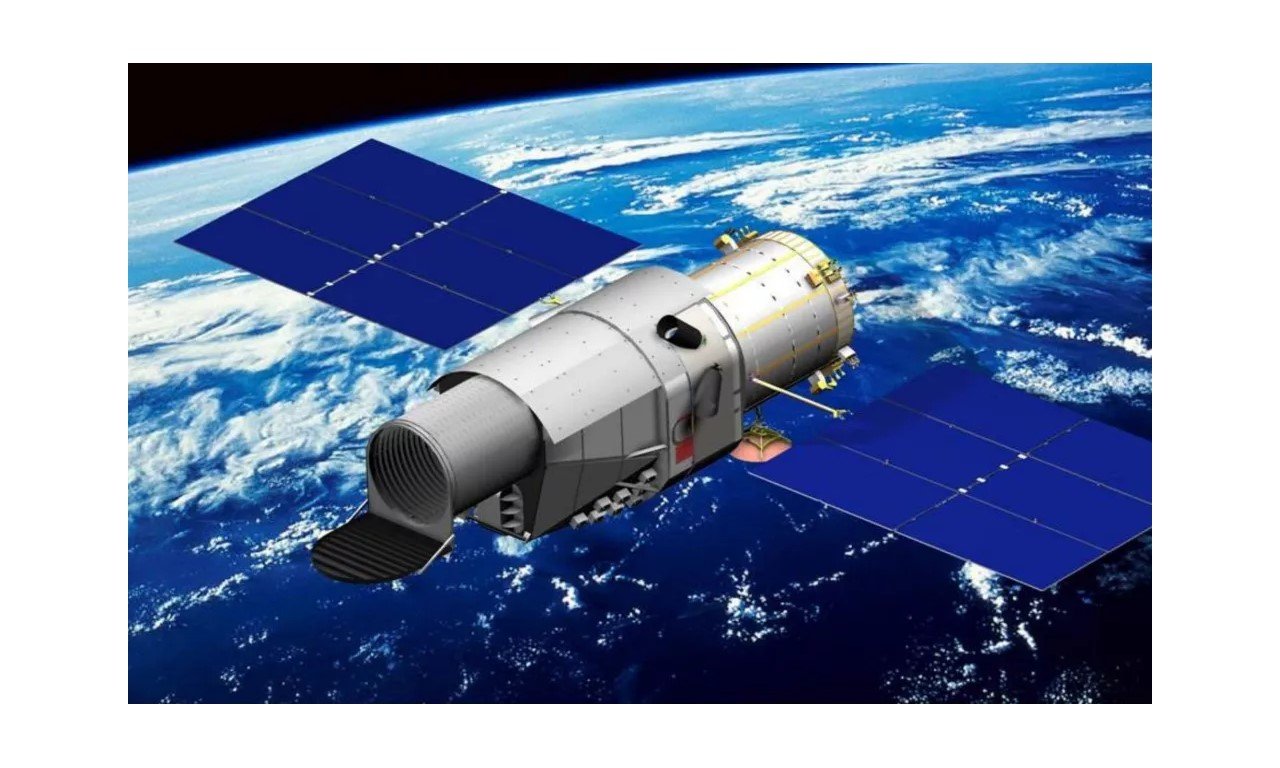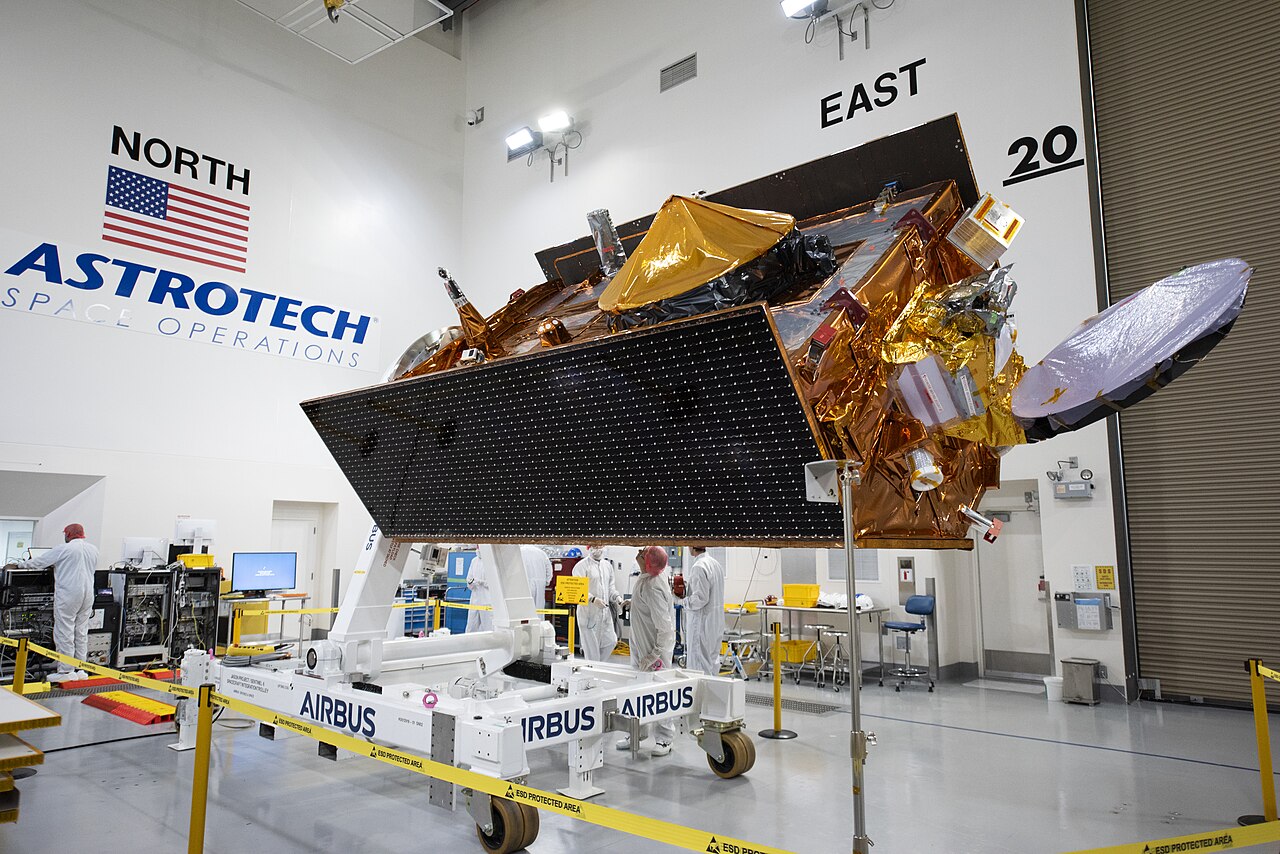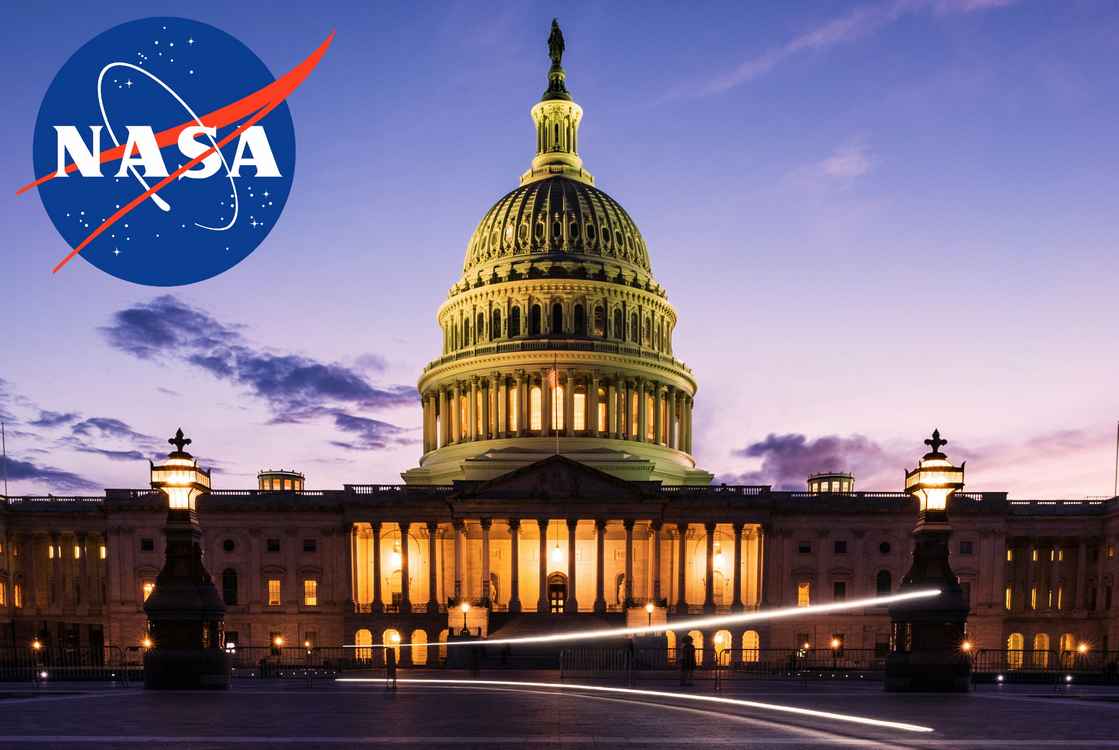BEIJING, China. January 28th, 2022. The Chinese government released a 5-year plan for the future of its space exploration sector in which they have recently achieved phenomenal success domestically.
Their goals are to expand infrastructure, land twice more on the Moon, explore Jupiter and Mars, finish their space station, put astronauts on that station long term, and advance a humanistic effort and understanding towards the utilization and exploration of outer space.
“The mission of China’s space program is: to explore outer space to expand humanity’s understanding of the earth and the cosmos; to facilitate global consensus on our shared responsibility in utilizing outer space for peaceful purposes and safeguarding its security for the benefit of all humanity,” the white paper reads, sounding a lot like the NASA About Us page of “works […] to explore, discover, and expand knowledge for the benefit of humanity”.
From 2016 to December 2021, The Chinese space program (CNSA) conducted 207 launch missions, and their achievements have come on in leaps and bounds. Retrieving almost two kilograms of Lunar regolith samples, orbiting Mars, landing and deploying a rover on Mars, and commencing work on building the second permanent space station, the Middle Kingdom has set the bar very high going into their next 5-years.
PICTURED: An artist rendering of the Tiangong space station. PC: CNSA.
Manned spaceflight
China is committed to finishing the nation’s Tiangong space station this calendar year. They are targeting 6 launches, including of the 3 astronautical technicians, and 2 of the large station modules to dock with the Tianhe cabin module, which is already in position in orbit around the Earth.
As she is not an International Space Station Partner, Beijing has been honing its skills for a space station launch for decades, reports The Planetary Society. Tiangong-1 and Tiangon-2 were space laboratories launched in the twenty-teens which gathered critical information for the eventual Tiangong mothership, which will receive the two Wengtian and Mingtian science modules when they launch in June and August this year.
The Tianzhou-4 cargo spacecraft will bring materials and supplies for the astronauts aboard the Shenzhou-14 spacecraft that will launch in April carrying the three astronauts trained to assemble the outpost.
PICTURED: An artist rendering of the Xuntian space telescope. PC: CNSA.
Unmanned spaceflight
A space telescope, the Xuntian, will also launch sometime during the next five years. Literally called “survey the heavens” it will be comparable in capabilities to the Hubble Space Telescope, but with a field of view 300-times greater thanks to a 2.5 billion pixel camera. Unlike any other telescope before it, Xuntian will orbit alongside the Tiangong space station, allowing to to dock if in need of repairs.
Unlike the recently-launched James Webb Space Telescope, Xuntian will be able to see into near-ultraviolet and visible light.
Three more Lunar visits are being planned as well, the Chang’e missions, named after a mythical Moon goddess, have so far numbered 5. Chang’e-6, 7, and 8 will continue exploration and sampling of the Moon, particularly of the south pole, before preparing for a Chinese manned mission to the Moon and the construction of a permanent Moon base.
The CNSA also plan to launch probes to sample near-earth asteroids and explore main-belt comets, build on their tremendous Mars mission successes by proceeding with a sample and return mission on the Red Planet, and a first-try exploration of both the Jupiter system, and a probe that will travel to the outer edge of the solar system.
All of these projects it wants to pursue under the framework of the Treaty on Principles Governing the Activities of States in the Exploration and Use of Outer Space, by ensuring that all activities remain peaceful and beneficial for all parties involved.




